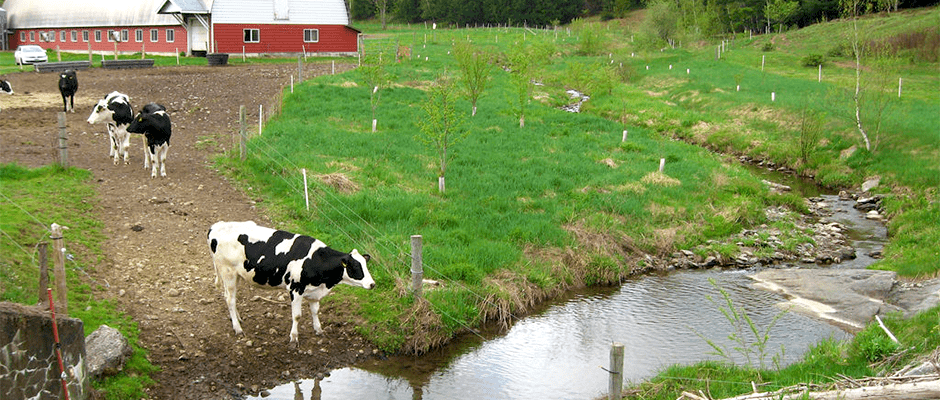Share this article
Conservation Reserve Program Celebrates 30 Years
The Conservation Reserve Program (CRP), one of the most successful private land conservation programs in American history, celebrated its 30th anniversary this month with a day-long showcase of achievements.
CRP is a federal Farm Bill program that began in 1985 with the goal of reducing erosion on marginal agricultural lands. This program operates by paying farmers, ranchers, and other landowners to remove certain marginal lands from production in order to plant vegetation and construct wetlands for periods of 10-15 years; supporting wildlife populations, improving water quality, and protecting soil.
The December 2nd event, coordinated by the Theodore Roosevelt Conservation Partnership, Pheasants Forever, Ducks Unlimited, and other conservation groups, included CRP enrolled landowners from around the country meeting with Secretary of Agriculture Tom Vilsack’s office and members of Congress to discuss the benefits and results of the program. These results include the prevention of more than nine billion tons of soil from erosion as well as the restoration of 2.7 million acres of wetland habitat.
Coinciding with this anniversary, the first CRP general enrollment period since 2013 began on December 1 and will run until February 26, 2016. As of September 2015, 24.2 million acres were enrolled in CRP. These enrollments have resulted in the protection of 170,000 stream miles through CRP lands acting as riparian buffers. CRP acreage demand during this period is likely to be higher than the 25 million acre cap Congress set under the 2014 Farm Bill, down from the 32 million acres allotted under the 2008 Farm Bill.
The day concluded with a reception on Capitol Hill co-sponsored by TWS and several other organizations as well as co-hosted by Senator Pat Roberts (R-KS), who has chaired both the House and Senate Committees on Agriculture. The reception recognized those lawmakers, agencies, and landowners that have helped move CRP forward throughout its 30-year history to become a successful program that improves wildlife habitat, soil, and water quality.
Read the TWS Technical Review on Fish and Wildlife Response to Farm Bill Conservation Practices
Additional Sources: E&E Daily (December 3, 2015), USDA News Release (December 1, 2015)
Header Image:
CRP enrollment helping to conserve sensitive riparian areas on a Vermont dairy farm.
Image Credit: U.S. Department of Agriculture, licensed by cc 2.0








